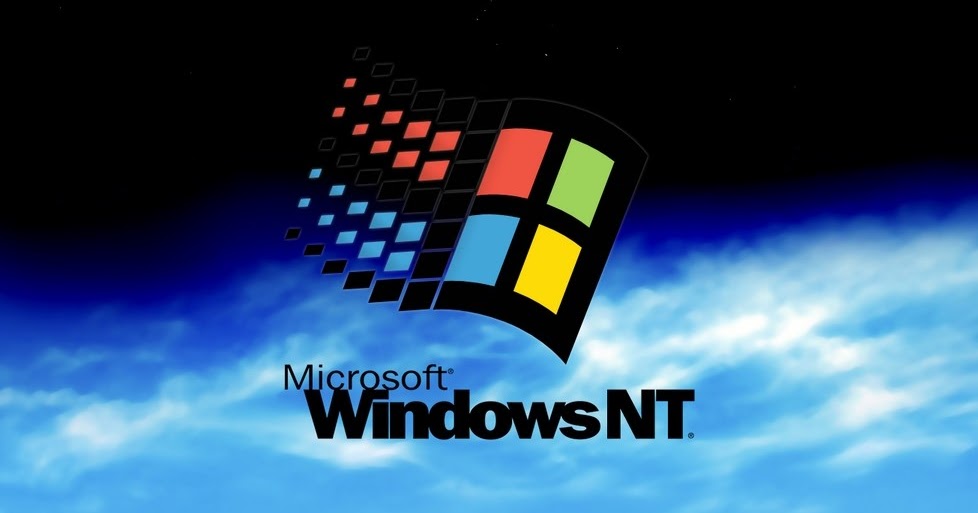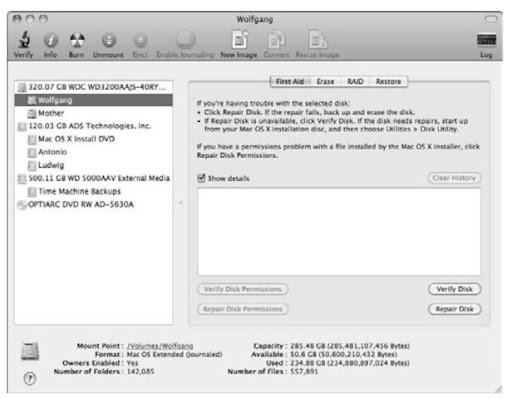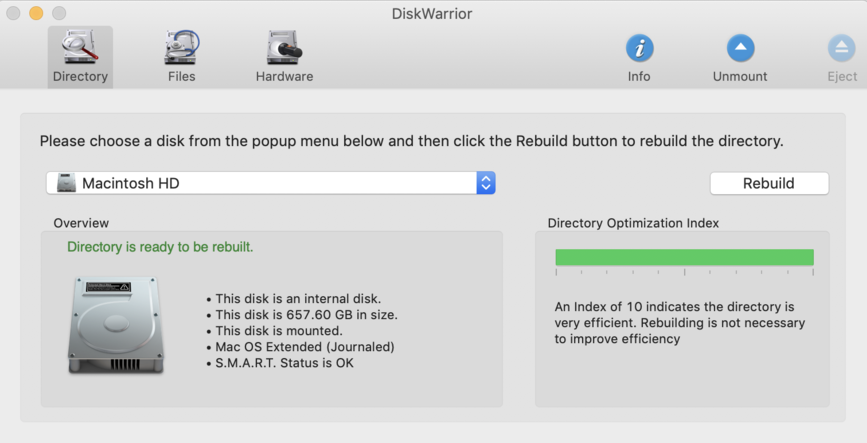

Once you have made sure both requirements are fulfilled, follow the following steps to create an OS X recovery disk: An external USB drive or SD card with at least 1GB free space.If you have a newer Mac, use Internet Recovery to get the system online. To create an OS X Recovery Disk, make sure that your machine is at least running on OS X Lion or Mountain Lion and that there is an existing Recovery System on its startup volume.Before you start, here are some of the things you need to adhere to:
Os x disk repair how to#
Read on to learn how to create OS X Recovery Disk that you can easily access anywhere, anytime.

In these situations, having your OS X Recovery Disk easily accessible on an external USB drive or SD card would be beneficial.

This method will also not work if you had upgraded an old Mac to run on a newer version of OS X. But what how can you access this hidden partition if something goes wrong with your hard drive? You can always connect your computer online and initiate the OS X Internet Recovery feature, but realistically, you may not always have an internet connection. Mac users could no longer depend on physical recovery disks to help them fix any problems on their machines. Since OS X Mountain Lion, everything went digital and maintenance-minded. Part 2 How to Create an OS X Recovery Disk Click the "Repair Disk" button to start fixing this button. To check the problem your Mac has, click the "Verify Disk" button.
Os x disk repair mac os x#

Os x disk repair install#
Insert your Mac OS X Install and restart the computer while holding the C key.If the computer successfully restarts, you do not need to do any more troubleshooting. After the system has fully started up, restart your computer again normally.There are two methods to repair a disk-Safe Boot and Disk Utility. Repair Disk verifies and corrects any bad sectors, corrupted sections or other issues with the directory on a disk or volume. Many common hard drive or OS problems on a Mac can be resolved by running Repair Disk. For the PC equivalent, visit our Running ScanDisk & Defrag guide.


 0 kommentar(er)
0 kommentar(er)
